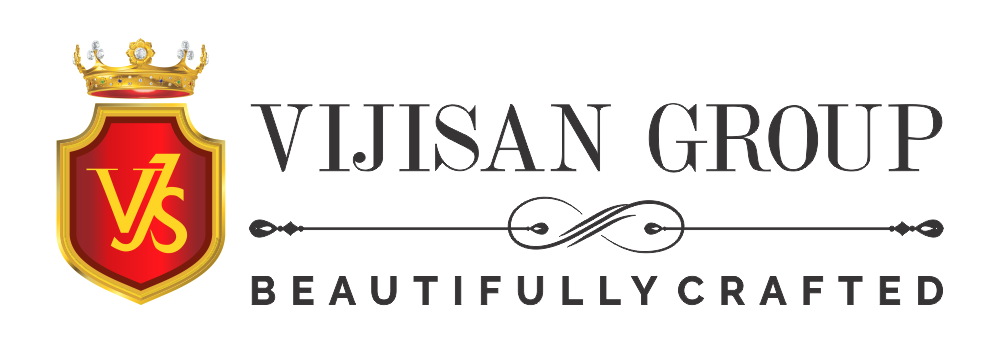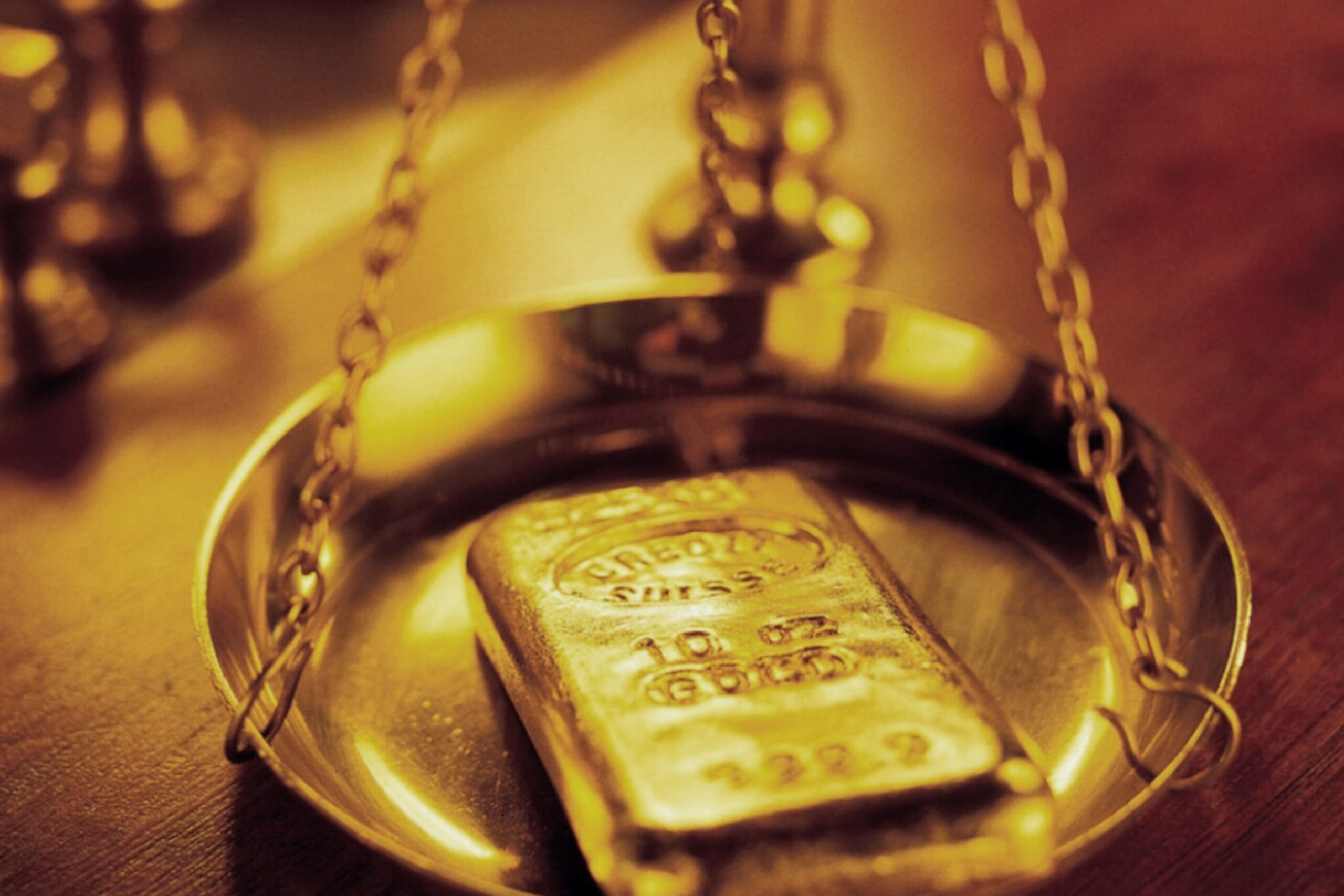Gold Education
Gold with its distinct physical qualities has been used in jewellery for thousands of years. Found naturally in a rich golden hue, gold is resistant to tarnish, corrosion and rust. Extremely strong, gold is also malleable and can be pressed, moulded and hammered into any shape. Gold has been long used by kings and the royalty throughout the world, while it has always stayed in demand among the masses.
Purity and Carat
The term ‘Karatage’ denoted by a number and followed by the symbol ‘k’ symbolizes the purity or the amount of gold in the metal of jewellery.
Gold is alloyed with a mixture of other metals like copper, silver, zinc and nickel.
Gold being too soft to use in everyday jewellery, it is alloyed with the other metals.
Expressed in 24ths, Karatage makes 24k gold, 100% gold.
Color
The colour of gold is decided by the metals it is alloyed with.
If gold is alloyed with the metal copper, its gold will be rose coloured, known as Rose Gold.
While the colour options vary with the alloys, the most demanded gold colour is White gold, succeeded by Yellow gold.
The type of metals and their percentage in the alloy decide the colour of gold.
Gold In Carat
-
- 24 karat = 100% gold
Too soft for fine jewelry - 22 karat = 91.7% gold
Too soft for fine jewelry - 18 karat = 75.0% gold
Ideal for fine jewelry - 14 karat = 58.3% gold
Ideal for fine jewelry - 10 karat = 41.7% gold
Not acceptable for jewelry
- 24 karat = 100% gold

